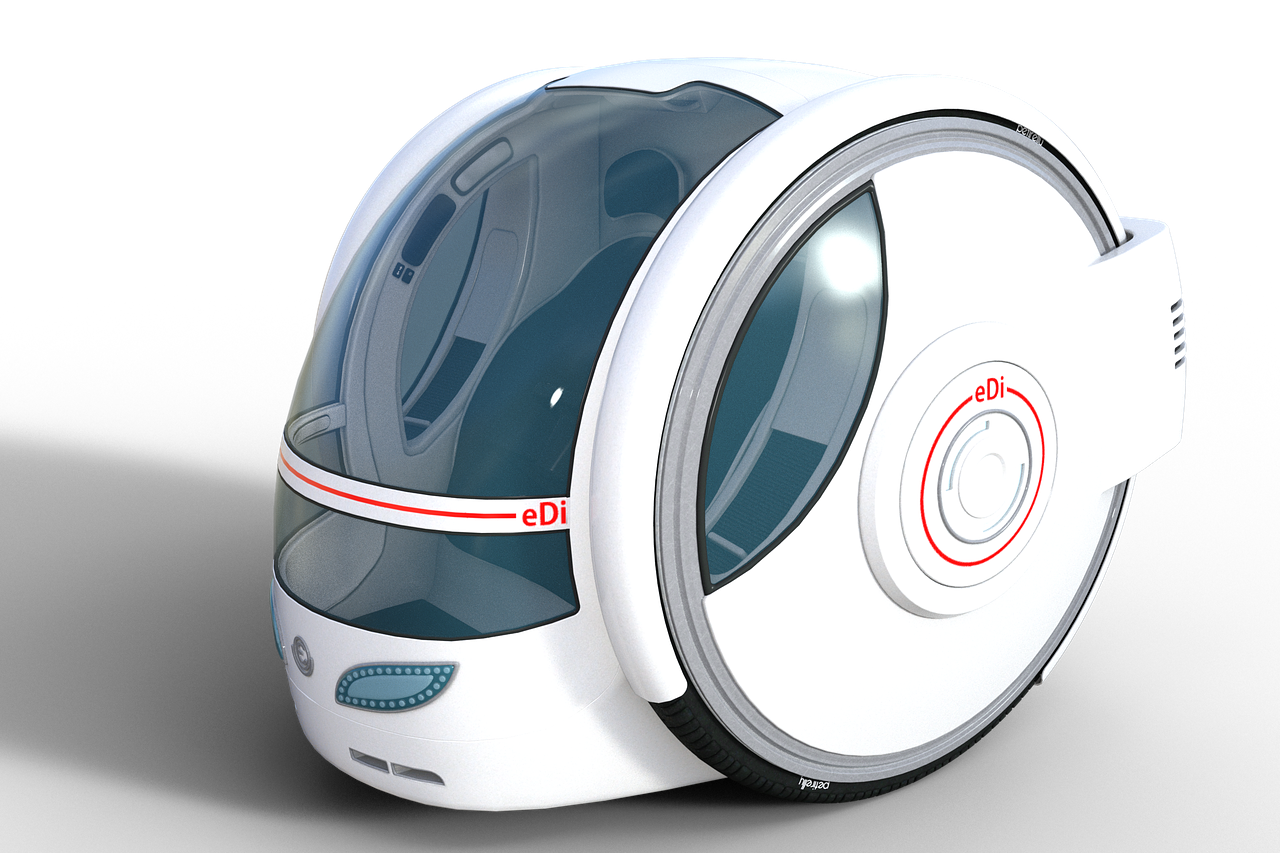Automated vehicles (AVs) have progressed to the point that some are puzzled as to why we don’t see more of them in action. With personal vehicles and fleet trucks alike now able to navigate, manage roads, and even work in conjunction with one another, it certainly feels as if we’re on the cusp of a transition to fully automated road traffic. And yet, we’re not quite there.
A few more advancements are needed before we’ll start to see more of these vehicles on the roads, whether in the trucking industry or otherwise. Here we take a look into what some of those advancements might be.
1. Positive changes to regulation
In How to create AV regulations that enhance innovation, Huw Davies, deputy of the CAV team at Coventry University discussed the notion that regulation doesn’t have to hamper progress where autonomous vehicles are concerned. While some see strict and widespread regulation as being antithetical to AV progress, the truth is that AVs simply need the right regulations in place. In the best-case scenario, positive changes to regulation will accomplish two goals at once: They will better prepare modern environments to safely accommodate AVs, and they will spark ongoing innovation in design and functionality. In short, we need to see governments and regulatory bodies working alongside companies designing AVs, rather than just over them or in response to them.
 2. Established parameters within which AVs can ‘learn’
2. Established parameters within which AVs can ‘learn’
One lingering concern about autonomous vehicles is that they don’t always have much opportunity to learn in safe environments. Typically, high-end smart tech is able to learn on the job, but when road safety is at hand, this sort of trial isn’t much of an option. Efforts are being made to teach self-driving vehicles how to recognize certain things — such as the habits or attitudes of other drivers. But even if certain vehicles and systems have “learned” safety (such as our platoon operations), regulators and other authorities are likely to seek extreme clarity regarding what vehicles can learn, and when and how they do it.
3. Ever-improving PCBs driving smart functions
It can be easy to take for granted the internal systems that help to drive the smart functions of autonomous vehicles. When you begin to think of such vehicles essentially as computers though, it’s easy to gain more appreciation for the components – specifically, the printed circuit boards – that make everything work. Already to this point we’ve seen some impressive innovations in PCBs that bundle more power into smaller and more versatile packages; multi-board PCBs are among the next-gen designs that accomplish this, and rigid-flex and high-density interconnector designs can also be useful for certain smart vehicle functions. Even with these existing innovations in PCB design though, more will likely be needed. As we continue to improve other aspects of autonomous vehicles to make them even more road-ready, the demands on computing mechanisms will only grow greater.

4. Answers to the ethical questions
These questions can take some of the fun out of autonomous vehicle progress, but unfortunately they’re some of the biggest ones that remain in establishing any kind of order regarding widespread self-driving adoption. What we’re talking about specifically are questions such as whether a car should protect its own driver or the greatest number of potentially affected people, given the choice – or whether a car should have the capability of breaking traffic laws in order to avoid a minor accident. These questions will need to be sorted out, in all likelihood, before we see the number of autonomous vehicles and fleets many hope to see on the roads.
5. Smarter environments
Finally, autonomous vehicle adoption on a broad scale is also going to require smarter environments. It’s been said that smart cities need smart cars, such that people driving (or rather, riding) in cities will benefit from vehicles’ ability to interact with one another. But in crowded environments, those vehicles will also need to communicate with their general surroundings. They’ll need to recognize stoplights and crosswalks, respond to rapid changes in traffic, and so on. So, it might be more appropriate to say that smart cars need smart cities. This isn’t of quite as much concern for connected platoons or shipping fleets, but it is one more hurdle to overcome in general.





